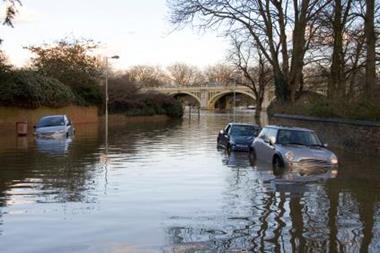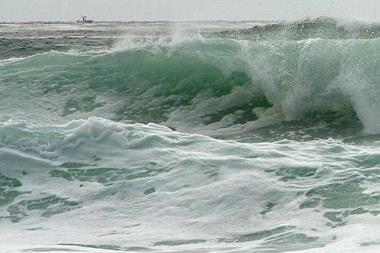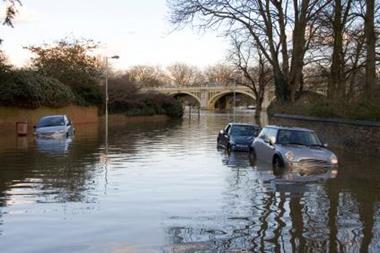Flood estimates range from £2bn to £5bn
The flood waters are beginning to fall. The insurers’ bill, meanwhile, continues to rise.
Despite widespread – although far from unanimous – agreement that this year's floods will be the most expensive in British history, there appears to be considerable uncertainty surrounding the final sum.
This lack of consistency is not for lack of effort. All parties, including insurers, brokers, loss adjustors, rating agencies and analysts are wading with their estimates.
The ABI, having revised its Yorkshire flood estimate on repeated occasions, now says that the combined cost of the two floods will fall somewhere between 2 and £2.5bn.
The rate at which its estimates have increased suggests that the latest may not be the last.
Fitch have already gone higher to £3bn; a figure seconded by broker giant AON.
More significantly, sources in the market have expressed serious concerns that projections are shooting too low – a suggestion backed up by analysts, who predict sums as high as £5bn for the central and southern floods alone.
This figure, however, includes uninsured losses – one of a number of factors that are muddying the proverbial waters.
Although the UK is quite unique in that the ratio of insured to total economic loss tends to be as high as 90%, the scope as well as the severity of the flooding has illustrated the wide variance in cover in different regions. In some places in and around Hull rates of uninsured property have been as high as 50%.
Another difficulty is that floods on a scale such as this have not been seen since 1947. Since then insurance market, and the forms of cover available, have changed enormously.
Some claims, in particular the more expensive cases, take (and are indeed taking) longer than others to assess. Some claims are late in being notified.
Then there is the fact that the estimates are based averages over the last ten years: £30,000 for homeowners and £100,000 for business claims. Some loss adjustors have suggested that the latest events, due to its magnitude, will exceed the average.
Finally, the knock-on effect of the flooding are difficult to assess. This includes more complicated forms of cover including business interruption (a good example being a lack of drinking water in Gloucester) and supply chain disruption which impacts on labour and material costs, pushing up the bill further.
The result? These estimates will likely remain just that.
The issue of escalating flooding will be discussed in detail at the Insurance Times climate change conference in the Autumn. For more information, go to: www.climatechange2007.com
Hosted by comedian and actor Tom Allen, 34 Gold, 23 Silver and 22 Bronze awards were handed out across an amazing 34 categories recognising brilliance and innovation right across the breadth of UK general insurance.











































No comments yet